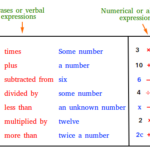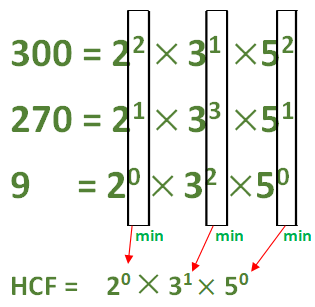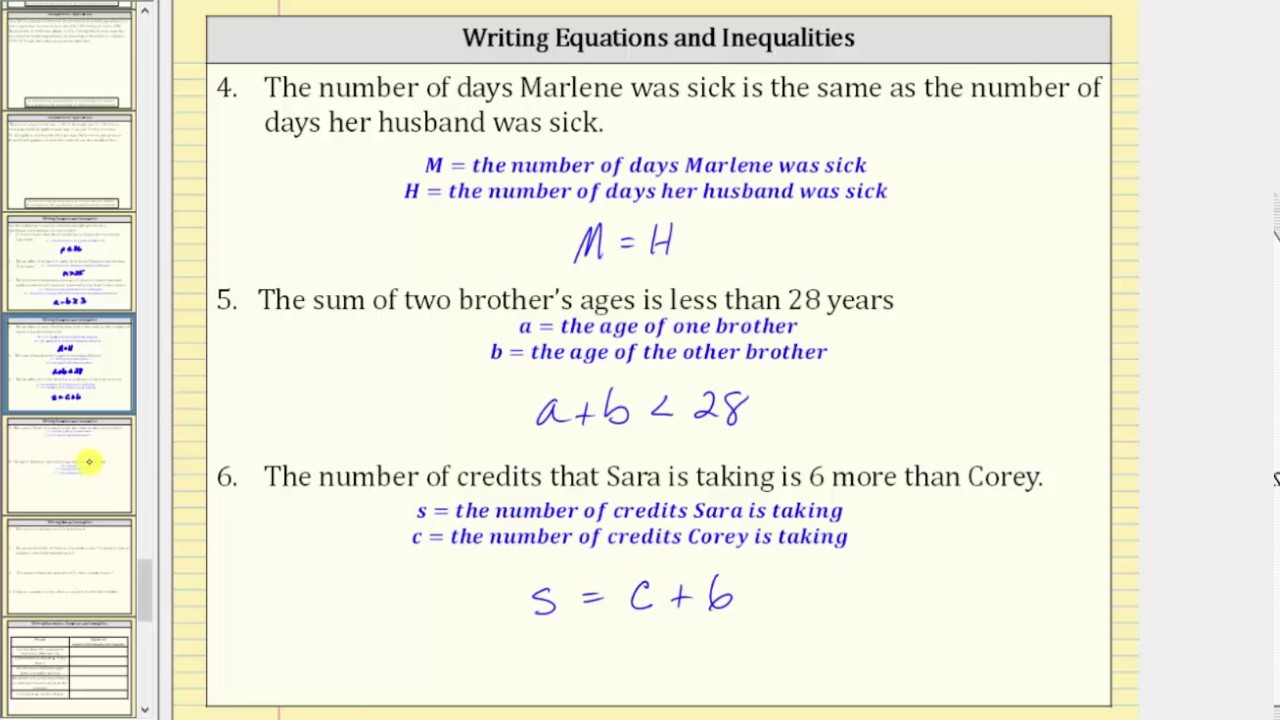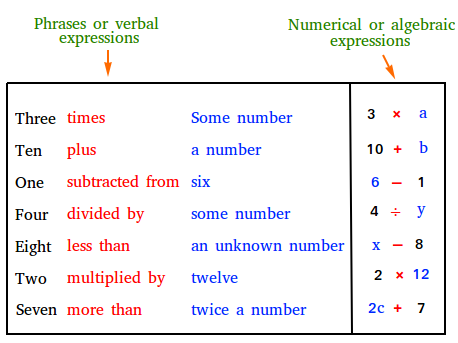The concept of the Least Common Multiple (LCM) serves as a powerful tool for solving a myriad of real-life problems. From scheduling events to managing resources, LCM provides a systematic approach to finding the smallest common multiple among a set of numbers. Thus, this blog explores working out LCM in power form, showcasing its relevance in various scenarios, solving word problems, and illustrating practical methods for LCM calculation. Hence, by the end of this exploration, you’ll be equipped with the knowledge and skills to apply LCM effectively, enabling you to tackle complex challenges with confidence and precision.
Notably, exploring resources like LearnersCamp can provide additional insights into these disparities. Additionally, LearnersCamp has grown to become a valuable platform for learners seeking to deepen their understanding of mathematical concepts. Moreover, it has a user-friendly interface and a vast array of educational materials, including articles, tutorials, and interactive quizzes; LearnersCamp offers comprehensive guidance on such topics. Hence, by visiting LearnersCamp, learners can access clear explanations, practical examples, and engaging exercises to solidify their grasp of these fundamental mathematical principles.
Understanding LCM in power form
Firstly, let’s get a clear understanding of LCM. The Least Common Multiple (LCM) represents the smallest positive integer that is divisible by each of the numbers in a given set. In that case, it is a fundamental concept in mathematics, laying the groundwork for finding common multiples and optimizing various processes in real-life scenarios.
- Practical Illustrations:
Let’s apply the concept of in power form to solve real-life scenarios:
- Scenario 1: Event Scheduling
A company needs to schedule maintenance checks for three machines. Machine A requires maintenance every 4 days, Machine B every 6 days, and Machine C every 8 days. When is the next time all machines will require maintenance on the same day?
Solution:
- Find the LCM of the maintenance intervals (4, 6, and 8).
Multiples of 4: 4, 8, 12, 16, 20, …
Multiples of 6: 6, 12, 18, 24, …
Multiples of 8: 8, 16, 24, … - Identify the smallest common multiple: LCM(4, 6, 8) = 24
- All machines will require maintenance on the same day every 24 days.
- Scenario 2: Resource Allocation
A factory produces three different products. Product X requires replenishment every 5 days, Product Y every 8 days, and Product Z every 10 days. When is the next time all products will require replenishment on the same day?
Solution:
- Find the LCM of the restocking periods (5, 8, and 10).
Multiples of 5: 5, 10, 15, 20, …
Multiples of 8: 8, 16, 24, …
Multiples of 10: 10, 20, 30, … - Identify the smallest common multiple: LCM(5, 8, 10) = 40
- All products will require replenishment on the same day every 40 days.
Finding LCM Using the Power Method:
Now, let’s explore a practical method for working out LCM in power form, which involves identifying the highest power of each prime factor present in the numbers and multiplying them.
Example:
Find the LCM of 12, 18, and 30 using the power method.
Solution:
- Prime factorization of each number:
- 12 = 2^2 * 3^1
- 18 = 2^1 * 3^2
- 30 = 2^1 * 3^1 * 5^1
- Identify the highest power of each prime factor:
- Highest power of 2: 2^2
- Highest power of 3: 3^2
- Highest power of 5: 5^1
- Multiply the highest powers of each prime factor:
LCM(12, 18, 30) = 2^2 * 3^2 * 5^1 = 36 * 5 = 180
practical applications of working out LCM in power form.
- Application of LCM in Real Life:
- Event Scheduling:
LCM is widely used in event scheduling to coordinate activities and optimize time management. For example, consider a scenario where a company needs to schedule maintenance checks for its equipment. Machine A requires maintenance every 4 days, Machine B every 6 days, and Machine C every 8 days. By finding the LCM of these intervals (4, 6, and 8), the company can schedule maintenance checks for all machines simultaneously, minimizing downtime and maximizing productivity.
Additionally, LCM is applied in scheduling recurring events such as classes, meetings, and appointments. By determining the LCM of the intervals between these events, individuals can synchronize their schedules and ensure efficient time utilization.
- Resource Allocation:
In business and manufacturing settings, LCM is instrumental in managing resources efficiently. For instance, consider a factory that produces three different products. Product X requires replenishment every 5 days, Product Y every 8 days, and Product Z every 10 days. By finding the LCM of these restocking periods, the factory can optimize inventory management, streamline production processes, and minimize storage costs.
Moreover, LCM finds applications in supply chain management, where it’s used to synchronize production cycles, optimize shipping schedules, and ensure timely delivery of goods to customers.
- Financial Planning:
LCM plays a crucial role in financial planning and budgeting, particularly in scenarios involving recurring expenses or payments. For example, consider a household with three different bills due at different intervals: Rent every 30 days, Electricity every 15 days, and Internet every 10 days. By finding the LCM of these billing cycles, the household can plan their budget more effectively, ensuring timely payment of bills and avoiding late fees.
Furthermore, LCM is applied in investment planning, loan amortization, and other financial calculations to determine optimal payment schedules and maximize returns.
Conclusion:
In conclusion, the concept of LCM offers practical solutions to a wide range of real-life challenges, from event scheduling to resource management and financial planning. It follows that, by understanding how to apply LCM effectively and utilizing methods such as the power method, individuals can optimize processes, streamline operations, and enhance efficiency in various domains. Hence, whether it’s synchronizing events, managing inventory, or planning budgets, LCM serves as a versatile tool for solving complex problems and achieving optimal outcomes. So, the next time you encounter a situation that requires synchronization or optimization, remember to leverage the power of LCM to find efficient and effective solutions.










